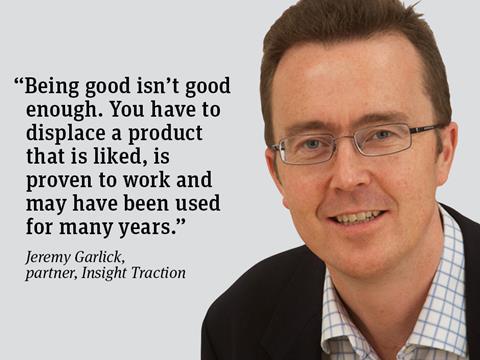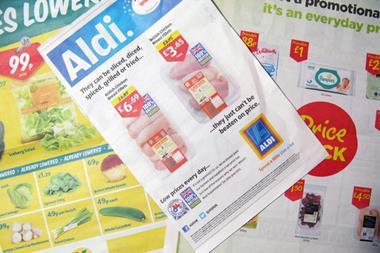
Most food innovation fails in the market. The different data houses quote different statistics, but everyone agrees that failure is more common than success.
Food innovation is expensive. You’ve got the cost of development, testing, investing in manufacturing capability, getting listings and providing marketing support. So why do we as an industry so consistently over-rate our chance of success? Why do we keep sending troops over the top to their likely doom? And more importantly, what can we do to improve the odds?
Well, here are four questions to ask. Keep asking them until you have quality answers, and before you spend too much time and money.
First: when will the product be used? I’ve written before about the importance of having a vivid picture of the consumption habitat. Who is eating? Where are they eating? What does the habitat look and feel like?
Second: what will it be eaten instead of, and why? Being good isn’t good enough. You have to displace a product that is liked, is proven to work and may have been used for many years. So you have to have a clear competitive advantage (perhaps on taste, health or convenience). Offer significantly more than what you are replacing. Just being another option will not work.
Thirdly: how do you compare on value? This is really part of the second question, but is so important it deserves its own category. If innovation is to work commercially for brands and categories, a premium versus existing products is normally required. But you need to be confident the consumer is still getting great value. For example, why has there been relatively slow progress in establishing adult meat and cheese snacking? Well, the main barrier is that crisps offer a lot for a little in the savoury snack arena. Walkers Crisps cost about 25p a bag in supermarket multipacks. That value equation is where the bar is set when consumers are looking for a savoury snack.
Finally: how will it get into the basket or trolley? Our industry history is littered with products that deliver against the three questions above, but never get seen. The supermarket is an incredibly complex environment visually. Shoppers adopt coping strategies. A key strategy is to filter out products and visual information not relevant to the immediate task. So, how do you avoid this and get seen? How do you get understood? How do you nudge the shopper to pick you up and give you a go? Knowing how to support innovation in store is a key success factor.
Answer these four key questions well before launch, or find yourself in another post-mortem meeting, trying to work out what went wrong this time.
Jeremy Garlick is a partner of Insight Traction



















No comments yet